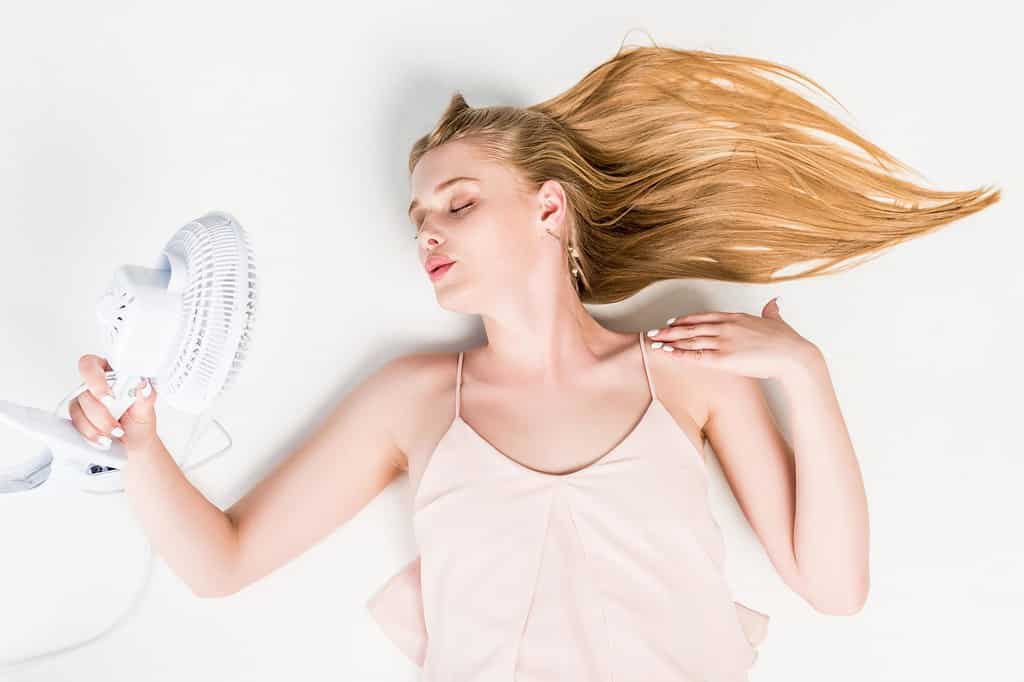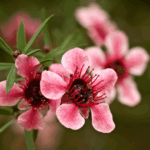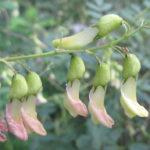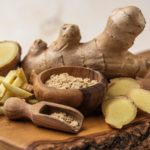
Kate McCullough
BA (Ayurveda Wellness and Integrative Health)
Ayurvedic medicine recognises that every person has their own unique mind-body type made up of the three doshas
- Vata
- Pitta
- Kapha
In this article, we are going to talk in detail about the Pitta dosha, which is composed of the water and fire elements.
Water and fire are light, hot, sharp, slightly oily, moving and liquid. Some common characteristics related to Pitta are reflections of these qualities such as
- Medium body frame
- Reddish complexion and hair
- Tendency towards anger and irritation
- Sharp thinking / intellect
Understanding the nature of the Pitta dosha and how we can keep it balanced will help individuals to stay healthy and free of diseases. In this article we’ll see how we can do that.
What are the doshas?
In our previous article on Vata, we covered in more detail and described what doshas are, and the different combinations of elements that make them unique. We suggest reading that article first.
RELATED — Vata imbalance: Are you always worried, anxious and cold?
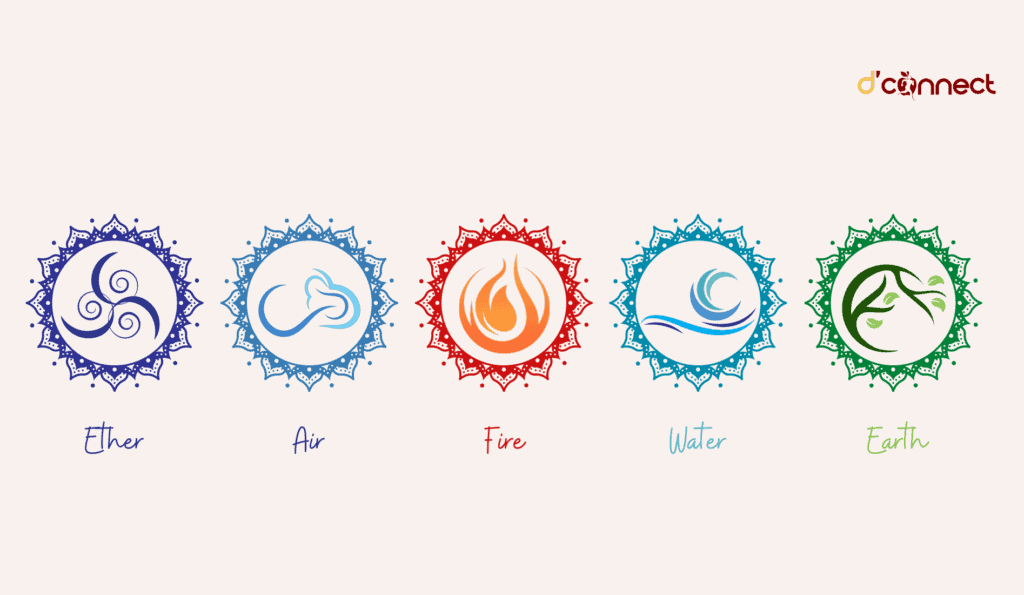
As we can see from the image, we have 5 elements
- Space/Ether
- Air
- Fire
- Water
- Earth
While Vata is composed of air and space, Kapha of water and earth, Pitta is a combination of water and fire.

To achieve the correct balance of these elements and doshas in our environment, it’s important that we also have the right balance of the doshas in our physiology. Only when the mind and body are in coherence are we truly healthy and balanced.
Pitta’s function in the body
In the body, Pitta’s functions are mostly found in the Agni (digestive fire) or metabolic processes where digestion occurs.
Pitta is responsible for metabolism, transformation and digestion.
Like the sun, which consumes water through evaporation to provide light and heat, Pitta also consumes water and food through digestion in the body to provide heat, energy, intelligence, vision and lustre.[1]
Pitta is responsible for heat production and regulation in the body
Our cells require heat to function optimally and our digestion requires heat to break down and metabolise our food.[1] Pitta’s main seat (location) in the body is in the navel including the stomach, duodenum and pancreas.
Qualities of Pitta
The doshas are composed of certain qualities, which are related to their elements. Pitta’s elements are fire and water, and the qualities that best describe them are
- Warmth/heat
- Slightly oily
- Sharp
- Liquid
- Flowing
- Pungent
- Sour
Due to Pitta’s warm and sharp qualities, a person can easily become aggravated by too much heat from the sun, spicy foods, and excess anger.
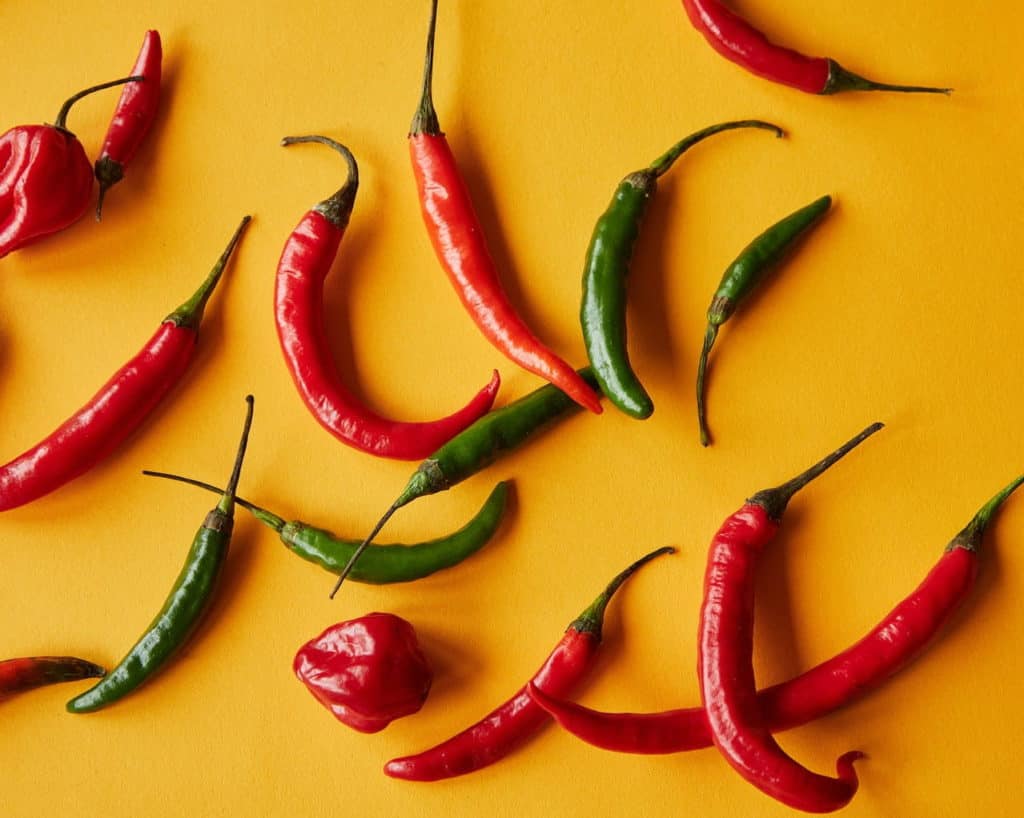
Summer is the season dominated by Pitta, meaning people are more likely to experience Pitta imbalances during summer.
Characteristics of Pitta
Pitta bodies tend to be of a medium build, have sharp facial features, skin is reddish in colour and generally more sensitive, and minds are more intellectual and focused.[2]
Other characteristics of Pitta types are
- Medium/muscular build
- Competitive nature
- Aversion to hot weather
- Sharp hunger and digestion
- Sharp thinkers
- Average memory
- A tendency towards irritability and temper
- A tendency towards reddish complexion and hair, moles and freckles
- Don’t tolerate skipping meals[2]
When we are aware and have a better understanding of our unique mind-body types, this can help us to keep ourselves healthy.
Signs of a balanced Pitta
It’s important that we are balanced, and for Pitta individuals this balance will allow them to have access to Pitta’s best qualities and strengths. These are
- Ambition / discipline / hard working
- Natural leaders
- Good speakers
- Happiness / cheerfulness
- Intelligence
- Charisma
- Being a perfectionist
- Good vision
- Good digestion
- Normal temperature
- Normal hunger and thirst
- Lustre
Pittas are intelligent and natural leaders
Signs of an imbalanced Pitta
If a person has a Pitta mind-body, or Pitta combination mind-body type, they are more prone to having a Pitta imbalance.
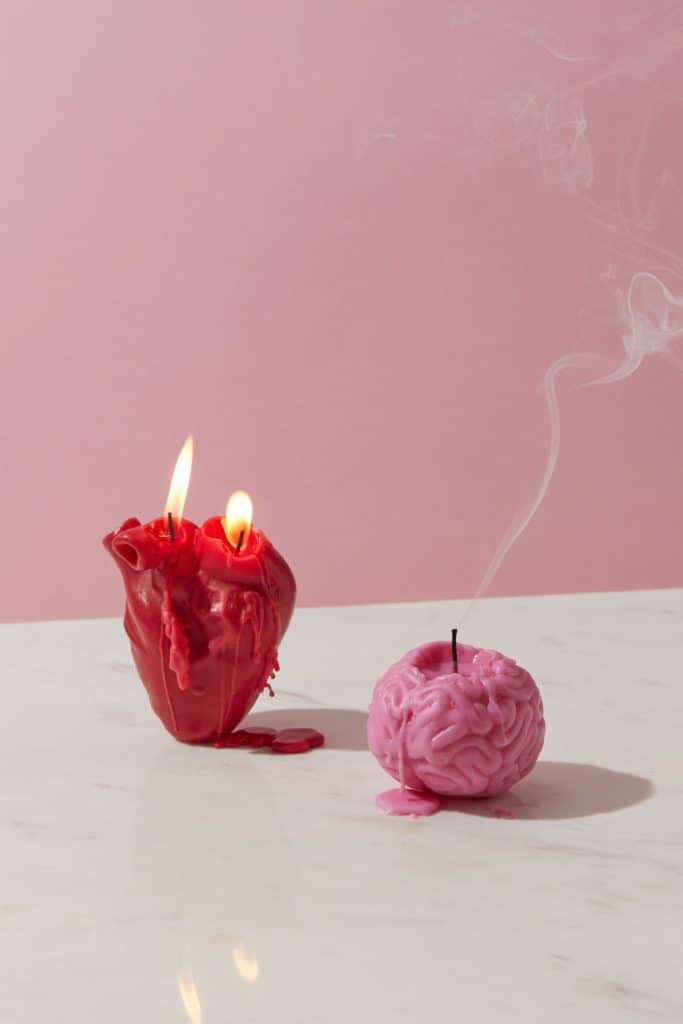
This imbalance is often seen through
By understanding the symptoms of a Pitta imbalance and using the knowledge of Ayurveda, we are able to heal from the root cause, addressing all Pitta-related symptoms rather than having to treat each symptom individually.
Causes of Pitta imbalances
Ayurveda recognises that a doshic imbalance is caused by an increase of that particular dosha’s qualities, also known as the notion of “like increases like” (Samanya).
The most common factors that cause a Pitta imbalance are
- Improper diet (too much salty, sour, pungent, deep-fried, and processed foods)
- Excessive exposure to the sun / heat
- Excessive exposure to toxins
- Excessive stress / tension
- Pushing oneself too much / overworking
- Skipping meals
- Excessive coffee, alcohol, smoking and other stimulants[5]
So by decreasing the Pitta qualities in our life, we can decrease the Pitta imbalance in our body. This can be achieved by reducing the amount of spicy foods in our diet and avoiding prolonged sun exposure.
How to balance Pitta
Food plays a large role in our lives, and it also has a significant impact on balancing our doshas.
To achieve a better balance aim to eat a Pitta-pacifying diet and engage in activities that cool and nourish the Pitta dosha.
The three key words for balancing Pitta are
- Cooling – include more cooling foods in your diet like coconut, cardamon, figs, watermelon, and cucumbers.
- Surrendering – practise meditation and yoga to help let go, as Pittas can get angry and hold grudges easily.
- Moderation – Pittas are prone to doing things in excess, so moderation is key.[3]
Pitta dosha is the most sensitive to pureness
This means that Pitta individuals should eat organic foods, drink filtered water, and use clean beauty products. Also, living in an unpolluted environment is a great way to keep Pitta in check.
Foods to consume
Foods that should be eaten are naturally sweet, astringent and bitter, such as
- Cooling herbal teas (licorice, peppermint, chamomile, rose)
- Oats, rice, wheat, semolina, quinoa
- Most legumes, tofu
- Organic dairy, especially milk and ghee
- Coconut oil and olive oil
- Apples, pears, dates, figs, watermelon, papaya
- Kumara, pumpkin, broccoli, cabbage, cucumber, leafy greens, avocado
- Soaked & peeled almonds, sunflower seeds, pumpkin seeds, coconut
- Cardamon, turmeric, parsley, coriander, fennel, cumin
- Chicken, egg whites, freshwater fish, turkey (if not vegetarian)[6]
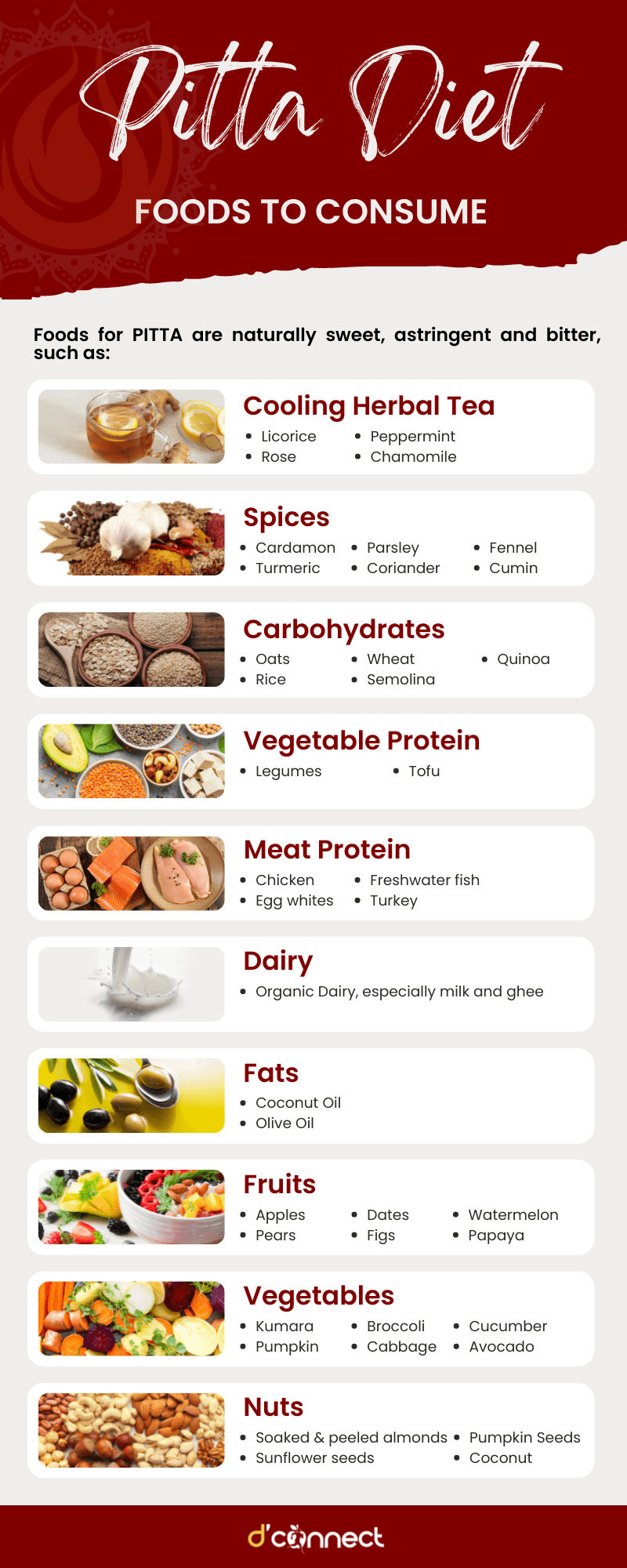
Foods to avoid and reduce
In case of Pitta imbalance, foods that are naturally salty, sour and pungent should be avoided.
- Coffee, alcohol, soda
- Buckwheat, couscous, muesli, brown rice, yeasted bread
- Soy meats, miso, soy sauce
- Salted butter, hard cheeses, sour cream
- Sour citrus fruits, bananas, kiwifruit, persimmons
- Eggplant, chillies, garlic, tomatoes, cooked spinach
- Honey, molasses, white sugar
- All nuts except almonds
- Cayenne, chilli powder, fenugreek, cloves, mustard seeds
- Beef, salmon, lamb, egg yolks[6]
Lifestyle complementing balanced Pitta
A great diet is a great starting point, but we also need to be aware of our lifestyle in order to achieve balance in our body,
That is why we have shared some of the simplest Pitta-pacifying lifestyle practices below.
- Eating a light and pure diet, and eating regularly
- Sipping lukewarm or room temp herbal teas during the day
- Keeping hydrated with filtered water or coconut water (especially in summer)
- Having a regular routine – including mealtimes
- Getting out in nature, such as walking in the forest or swimming in the ocean
- Meditation
- Breathing exercises such as pranayama
- Listening to calm and relaxing music
- Daily yoga practice[4,7]
Exercise and Pitta
It is important that Pitta individuals avoid working out between 10am and 2pm, when the Pitta qualities are already high in nature (think the hottest time of the day).
Working out between 6am and 10am is best and exercise should be of moderate intensity; if it’s too intense it will increase Pitta.[8]
Some Pitta-pacifying exercises are
- Yoga
- Tai-chi
- Walking / hiking in nature
- Pilates
- Swimming
- Skiing
Herbs that help to balance Pitta
Amla or Amalaki is a powerful antioxidant and adaptogen that is especially good for cooling and removing excess heat from the digestive tract. Amalaki can be especially helpful during the summer months when there is an accumulation of Pitta in the body.[9]
Shatavari is a powerful rejuvenating herb that nourishes, soothes and cools an overheated mind or body. It can be beneficial for heartburn, diarrhoea, IBS, inflammation in the GI tract.
Neem is a powerful cleansing herb for reducing Pitta, by cleansing the blood and eliminating toxins from the liver. It is commonly used for treating blood disorders and skin diseases.[10]
Summary
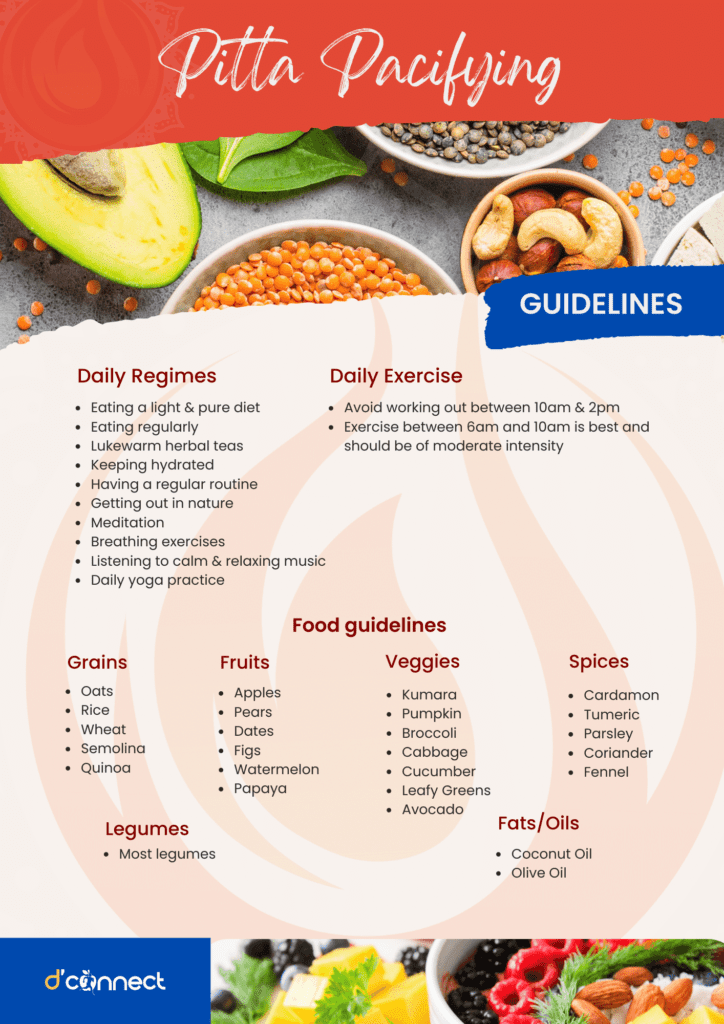
Key Takeaway – feel free to share this illustration with friends and family.
Related Questions
1. What is a healthy amount of sugar in a product?
Pachaka Pitta
In the duodenum and parts of the stomach – it is responsible for the digestion of our food and home to our main agni (digestive fire).
Ranjaka Pitta
In the liver, spleen, stomach and small intestine – it is responsible for transforming rasa (nutritive fluids) into rakta (blood) to be transported throughout the body.[11]
Sadhaka Pitta
In the heart and brain – it is responsible for allowing us to achieve goals and desires and to feel fulfilled and enthusiastic.
Alochaka Pitta
The eyes and visual system – it is responsible for the health of our vision, including our intuition, and it gives clarity and light.[11]
Bhrajaka Pitta
The skin – it is responsible for the sight of touch, and gives colour to our skin. Also, it is a reflection of our internal health.[11]
2. How can I find out if I have a Pitta mind-body type?
To get the best and most accurate information, I would suggest seeing an Ayurvedic practitioner/doctor for a consultation.
3. Is a Pitta imbalance responsible for all skin diseases?
While skin diseases can be caused by an imbalance in all three doshas, it is predominantly a cause of the Pitta dosha since it is located in the skin and is associated with heat and inflammation.[12]
4. Is acid reflux a Pitta condition?
Yes, acid reflux is caused by an imbalance in the Pitta dosha causing excess heat and acidity in the stomach. Following a Pitta pacifying diet and lifestyle and taking specific Ayurvedic herbs can help eliminate acid reflux.[13]
If you are just discovering Ayurveda for the first time, the best starting point in your journey would be to read Introduction to Ayurveda: Ancient medicinal healing methods.
Kate is currently studying for a Bachelors in Ayurveda from the Maharishi International University. Her passion for holistic and alternative health modalities started when she was 18 and already experiencing an array of health issues that the doctors had no answers for. This led Kate down the path of studying the ancient knowledge of Ayurveda to regain her health and vitality again.
Kate’s focus is on gut and mental health, sleep, and exercise where through pulse readings, diet, daily routines, seasonal cleansings, yoga, and meditation we can create a balance.
Kate is a part of the Content Team that brings you the latest research at D’Connect.
References
(1) Y.S., R. (2019, February 28). Pitta Dosha – General Introduction. Easy Ayurveda. Retrieved from https://www.easyayurveda.com/2019/02/28/pitta-dosha-introduction/
(2) Banyan Botanicals. (2020). Understanding Your Pitta Constitution. Banyan Botanicals. Retrieved from https://www.banyanbotanicals.com/info/ayurvedic-living/learning-ayurveda/understanding-your-constitution/pitta/
(3) Banyan Botanicals. (2021). Pitta Dosha Balancing – Ayurveda. Banyan Botanicals. Retrieved from https://www.banyanbotanicals.com/info/ayurvedic-living/learning-ayurveda/balancing-pitta/
(4) The Art of Living. (2018, November 30). What is Pitta Dosha? 7 Tips for Balance and Health of the Pitta Dosha. ArtofLiving.org. Retrieved from https://www.artofliving.org/us-en/7-tips-for-balance-and-health-of-the-pitta-dosha
(5) Kerala Ayurveda. (2022). Guide to Pitta Dosha | Symptoms, Home Remedies & Diet. Kerala Ayurveda Limited. Retrieved from https://www.keralaayurveda.biz/blog/managing-pitta-dosha-in-your-body-tips-and-treatments
(6) Banyan Botanicals. (n.d.). Ayurveda Pitta Foods – Balancing Pitta Dosha. Banyan Botanicals. Retrieved from https://www.banyanbotanicals.com/info/ayurvedic-living/living-ayurveda/diet/pitta-pacifying-foods/
(7) McGlashan, L., Adams, H., Kadey, M., Turner, L., Kucera, S., & Anderson, S. (2022, August 12). Pitta Imbalance: Ayurvedic Practices to Help You Feel Better. Yoga Journal. Retrieved from https://www.yogajournal.com/lifestyle/health/ayurveda/pitta-imbalance/
(8) Mischke, M. (n.d.). A Pitta-Balancing Approach to Fitness. Banyan Botanicals. Retrieved from https://www.banyanbotanicals.com/info/ayurvedic-living/living-ayurveda/health-guides/the-ayurvedic-approach-to-fitness/a-pitta-pacifying-approach-to-fitness/
(9) Banyan Botanicals. (n.d.). The Benefits of Amalaki (Amla) | Indian Gooseberry. Banyan Botanicals. Retrieved from https://www.banyanbotanicals.com/info/plants/ayurvedic-herbs/amla-amalaki/
(10) Mooney, S., & Schweitzer, A. (2019, August 9). Cleansing Excess Pitta from the Body. Banyan Botanicals. Retrieved from https://www.banyanbotanicals.com/info/blog-the-banyan-insight/details/cleansing-excess-pitta-from-the-body/
(11) Kendall, J. (n.d.). Understanding the 5 Subdoshas of Pitta | Maharishi Ayurveda. Maharishi Ayurveda. Retrieved from https://mapi.com/blogs/articles/understanding-the-5-subdoshas-of-pitta
(12) Vibrant Ayurveda. (n.d.). Skin Disease in Ayurveda – Vibrant Ayurveda. Vibrant Ayurveda.
(13) Yadav, R. (2021, January 29). How to treat GERD with Ayurveda? Maharishi Ayurveda.

